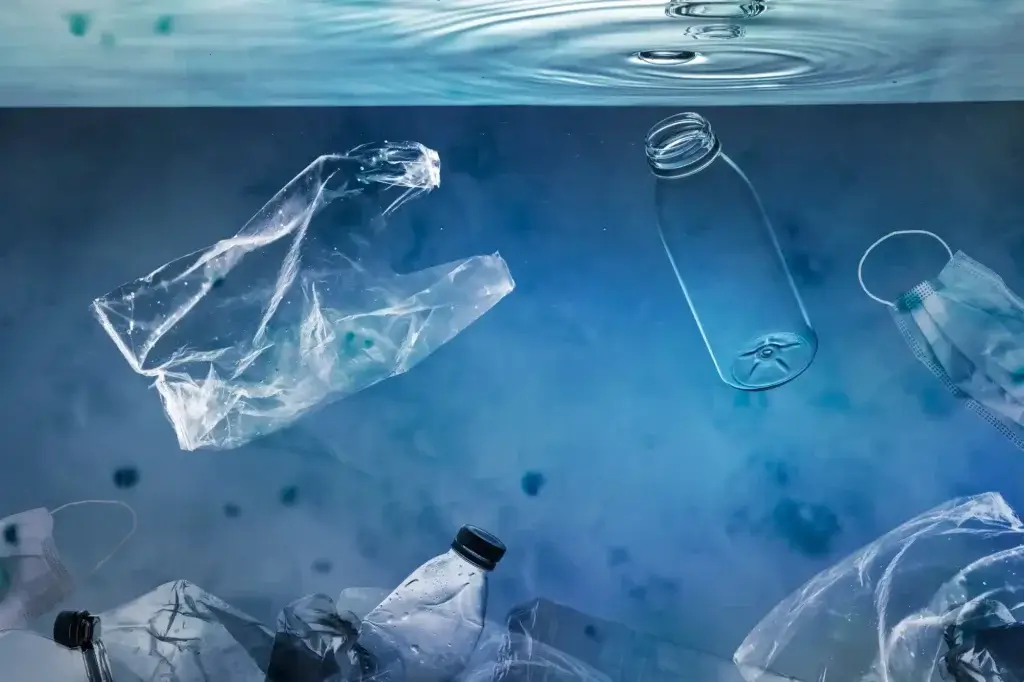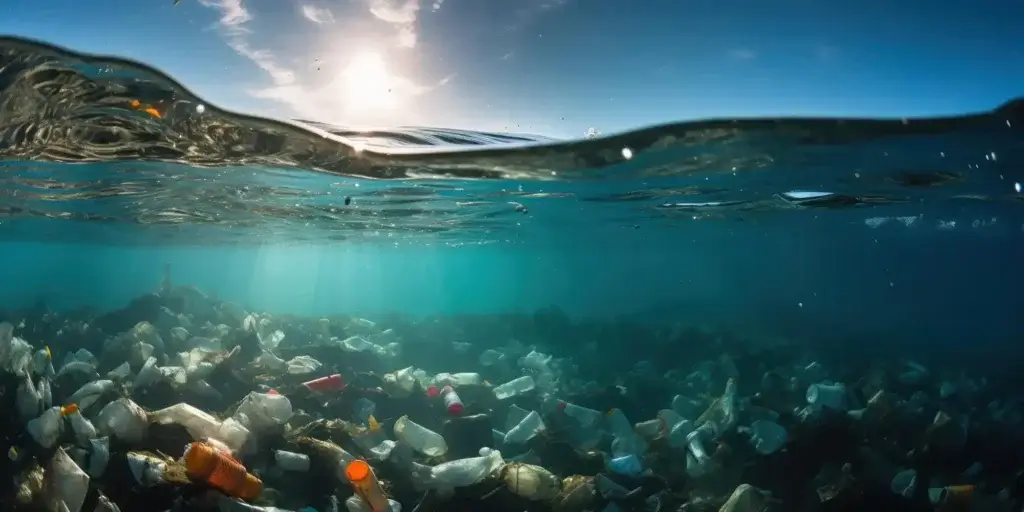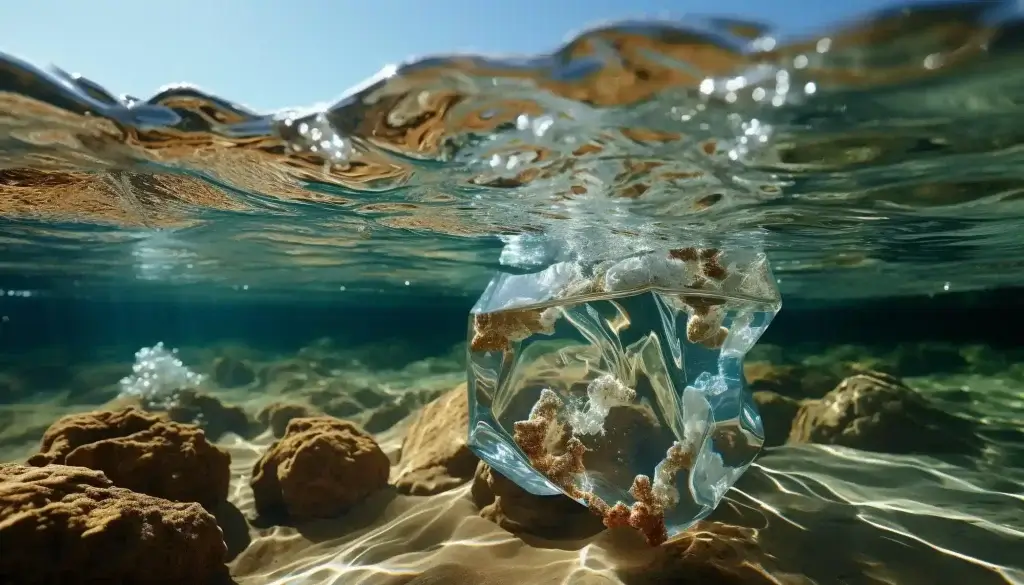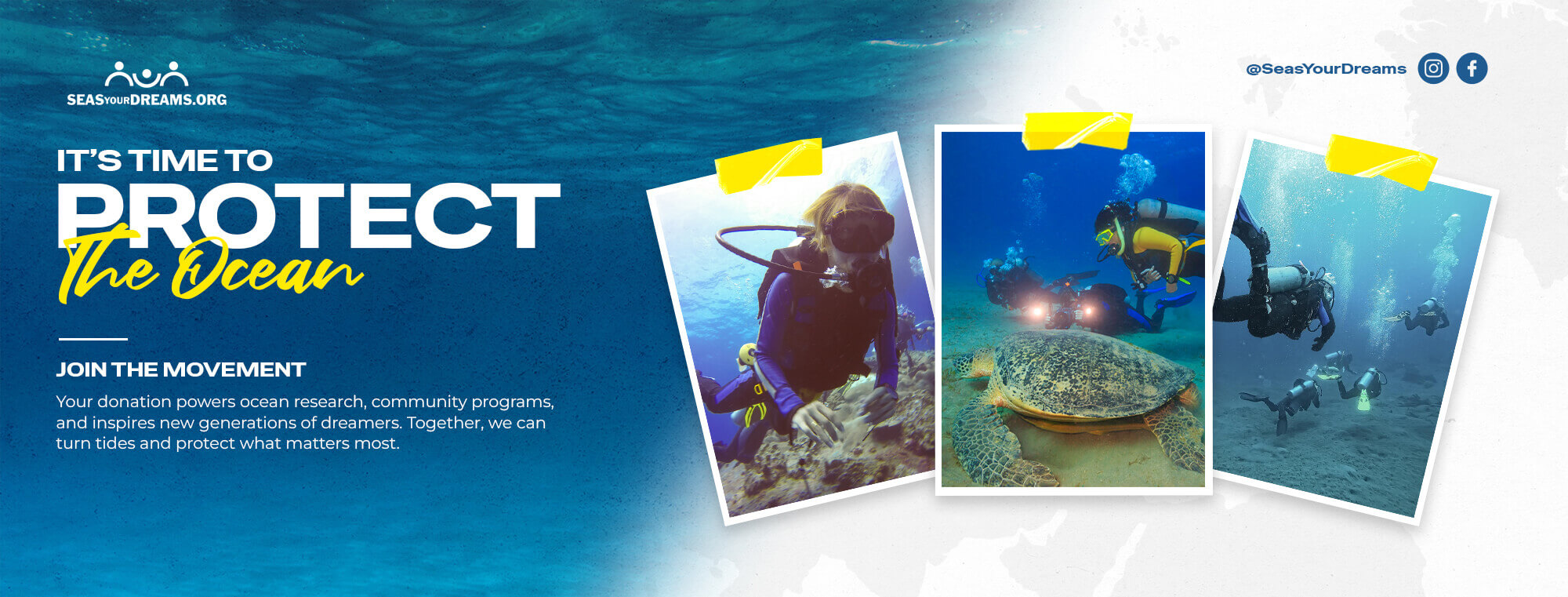Plastic Waste in the Ocean
Statistics, Causes, and Solutions

Plastic Waste in the Ocean Statistics, Causes, and Solutions
01
Plastic Waste in the Ocean: Statistics, Causes, and Solutions
Plastic Waste in the Ocean: Statistics, Causes, and Solutions
The ocean covering over 70% of the Earth’s surface, is home to an incredible diversity of life and is crucial to our planet’s health. However, this vast ecosystem is under severe threat from one of the most pressing environmental crises of our time: plastic waste in the ocean.
Every year, millions of tons of plastic enter marine environments, choking wildlife, disrupting ecosystems, and ultimately entering the human food chain. Understanding the scale of the problem, the root causes, and the potential solutions is essential for tackling ocean pollution and safeguarding our seas for future generations.
Shocking Statistics About Plastic Waste in the Ocean
Before diving into the causes and solutions, it’s important to grasp the scale of plastic waste in the ocean:
- Over 11 million metric tons of plastic waste enter the ocean each year a number expected to triple by 2040 if no action is taken.
- More than 5 trillion pieces of plastic are currently floating in the world’s oceans.
- 80% of ocean pollution comes from land-based sources, especially plastic.
- 1 million seabirds and 100,000 marine mammals die each year due to ingestion or entanglement in plastic waste.
- Microplastics, tiny fragments of plastic have been found in over 114 aquatic species, some of which are consumed by humans.
These figures are not just alarming; they are a call to urgent action against ocean pollution and its long-term consequences.
What Causes Plastic Waste in the Ocean?
Understanding the root causes of plastic waste in the ocean is crucial to developing effective strategies to combat the crisis. Here are the main contributors:
1. Improper Waste Management
A significant portion of plastic waste never makes it to proper disposal or recycling facilities. In many developing countries, weak infrastructure leads to plastic being dumped into rivers or left in open landfills, eventually making its way to the sea.
2. Single-Use Plastics
Items like plastic bags, straws, bottles, and packaging are designed for convenience but are rarely recycled. These single-use plastics constitute a large portion of ocean pollution.
3. Stormwater Runoff
Urban runoff during rains carries plastic debris from streets into drainage systems that empty into oceans. This is a major contributor in coastal cities.
4. Fishing Industry Waste
Fishing nets, lines, and other gear often lost or discarded, account for a significant portion of plastic waste in the ocean. Ghost nets continue to trap marine life long after they’ve been abandoned.
5. Tourism and Recreational Activities
Beaches, boats, and waterfront events often leave behind plastic litter. Inadequate waste disposal in popular tourist destinations contributes directly to ocean pollution.
6. Microplastics from Consumer Products
Personal care products like exfoliants and toothpaste, as well as the breakdown of larger plastics, release microplastics. These are nearly impossible to filter out and persist in marine environments for decades.
The Environmental Impact of Plastic Waste in the Ocean
The damage caused by plastic waste in the ocean is far-reaching and devastating:
1. Harm to Marine Life
Plastic debris is mistaken for food by fish, birds, and marine mammals. Ingestion can lead to internal injuries, starvation, and death. Entanglement in plastic can cause suffocation, drowning, or loss of mobility.
2. Habitat Disruption
Plastic waste disrupts the natural habitats of coral reefs, seagrass beds, and mangroves. These ecosystems are critical for marine biodiversity and coastal protection.
3. Chemical Contamination
Plastics act as sponges for toxic chemicals like pesticides and heavy metals. When ingested by marine animals, these chemicals enter the food chain and can impact human health.
4. Microplastic Infiltration
Microplastics have been found in the deepest ocean trenches and even Arctic ice. Their presence in seafood poses a significant health risk to humans, making ocean pollution a public health concern.
Economic and Human Impacts
The effects of plastic waste in the ocean aren’t just environmental, they’re economic and social as well:
- Fisheries and aquaculture industries lose billions of dollars annually due to reduced fish stocks and equipment damage.
- Tourism is negatively impacted when beaches and coastal waters are polluted.
- Public health concerns arise from contaminated seafood and water, leading to long-term medical costs and reduced quality of life.
Global Efforts and Policies
Several international efforts aim to reduce ocean pollution from plastic:
- The United Nations Clean Seas Campaign: Encourages countries to develop policies to eliminate single-use plastics and improve waste management.
- The Ocean Plastics Charter (G7): A commitment by several nations to promote plastic recycling, innovation, and sustainability.
- EU Single-Use Plastics Directive: Bans many single-use plastic items and mandates better product design and labeling.
These frameworks are a step in the right direction, but more countries must adopt and enforce similar policies to make a global impact on plastic waste in the ocean.

Technological and Innovative Solutions
Innovation plays a key role in tackling ocean pollution. Here are some cutting-edge solutions:
1. Ocean Cleanup Devices
Organizations like The Ocean Cleanup have developed large-scale systems to collect floating plastic waste from ocean gyres.
2. Biodegradable Alternatives
Companies are producing biodegradable packaging made from seaweed, corn starch, and other sustainable materials to replace conventional plastics.
3. Waste-to-Energy Technologies
Some regions are investing in facilities that convert plastic waste into energy, reducing landfill overflow and offering an alternative energy source.
4. Smart Waste Bins and AI Sorting
Tech companies are creating AI-powered waste sorting systems to improve recycling rates and minimize the risk of plastics entering the ocean.
How Individuals Can Help Reduce Plastic Waste in the Ocean
While policies and technologies are vital, individuals play a key role in fighting plastic waste in the ocean. Here’s how you can make a difference:
1. Reduce Single-Use Plastic
Say no to straws, plastic bags, and disposable cutlery. Choose reusable alternatives like metal bottles, cloth bags, and glass containers.
2. Participate in Beach Cleanups
Community cleanups are a direct way to remove plastic waste from the ocean and raise awareness about local environmental issues.
3. Support Sustainable Brands
Choose companies that use eco-friendly packaging and support circular economies.
4. Educate and Advocate
Raise awareness in your community and advocate for policies that reduce ocean pollution. Use your voice on social media to influence change.
5. Proper Waste Disposal
Ensure that your plastic waste is sorted and recycled correctly. Avoid littering and encourage others to do the same.

The Future of Ocean Conservation
The fight against plastic waste in the ocean is far from over. It will take a united effort from individuals, governments, scientists, and businesses to reverse the damage caused by ocean pollution. Yet there is hope. Awareness is growing, technology is advancing, and many communities are taking steps toward a plastic-free future.
If we act decisively now, we can protect marine life, preserve ecosystems, and ensure that future generations inherit a cleaner, healthier planet.
FAQs
02
FAQs on Plastic Waste in the Ocean
What are the main sources of plastic waste in the ocean?
The biggest contributors include single-use plastics, improper waste disposal, fishing gear, urban runoff, and microplastics from consumer products.
How much plastic ends up in the ocean each year?
An estimated 11 million metric tons of plastic enter the ocean annually, and the number is expected to triple by 2040 if unchecked.
What are the effects of ocean pollution on marine animals?
Marine animals can ingest or become entangled in plastic, leading to injury, suffocation, starvation, or death.
How does plastic in the ocean affect humans?
Plastic toxins can enter the food chain through seafood consumption, potentially leading to health issues for humans.
What can I do to reduce my plastic footprint?
You can reduce single-use plastics, recycle properly, support sustainable brands, join cleanup efforts, and educate others.
Are there any solutions to plastic waste in the ocean?
Yes, including policy changes, biodegradable alternatives, ocean cleanup technologies, improved recycling systems, and individual behavioral change.
03
Connect With Us
CONNECT WITH US
Partner with SeasYourDreams.org to create lasting impact. Together, we fund ocean research, inspire through STEM education, and grant medical wishes. Join a network of change makers committed to sustainability, innovation, and compassion. Collaborate with us to amplify efforts and transform lives. Let’s make waves of positive change—partner with us today!
04
INFO
© 2025 | SeasYourDreams. All rights reserved.

